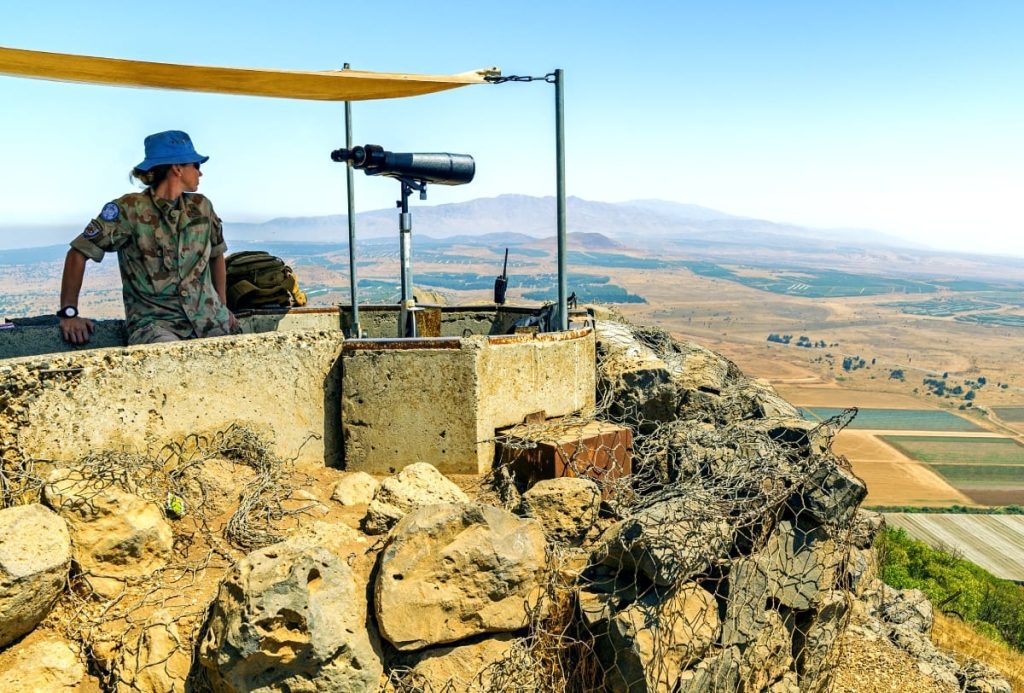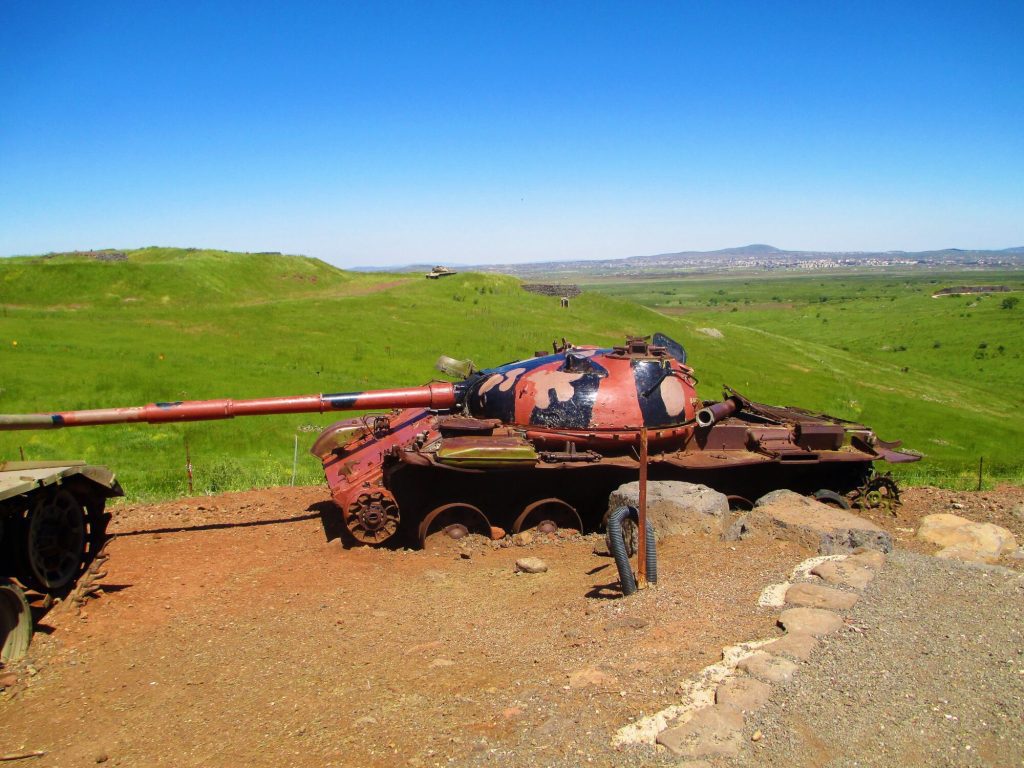The Valley of Tears Battle is a major battle in the 1973 Yom Kippur War. It took place at the top of the Golan Heights. Furthermore, it was one of the containment battles and the Israeli counterattack in the Golan Heights. In fact, the Battle was fought between the 6th and 9th of October. Although massively outnumbered, the Israeli forces managed to hold their positions and on the fourth day of the battle, the Syrians withdrew, just as the Israeli defenses were almost at the point of collapse.
Valley of Tears Battle: Background
The Valley of Tears indicates the area where Division 7 of the Syrian army tried to score into the Golan Heights during the Yom Kippur War. This area stretches slightly north of the abandoned Syrian city of Quneitra to Mount Hermon in the north. The terrain is flat, with a good option for passage to armor and tanks. Israeli Intelligence estimated that Syria had more than 900 tanks and 140 batteries of artillery immediately behind the Syrian line. The Syrian 7th Division was one of the units ready to attack. The actual number of Syrian tanks was about 1,260. The Israeli forces in the Golan were 170 tanks and 60 artillery pieces divided between the 7th and the Barak brigades.
Gadot Lookout

The battle in the Valley of Tears began immediately after the outbreak of the war, as part of the overall Syrian attacks along the entire front. Under heavy artillery shelling, the Syrians moved west, with the aim of crossing the anti-tank canal and breaking through the IDF’s defense line. The tanks of the 74th Battalion managed to stop all the infiltration attempts of the Syrian 85th Armored Brigade; by the evening it had not recorded any significant achievements.

Valley of Tears Battle: The Syrian Breach the Israeli Defense Lines
Some progress of the Syrian tanks came only as darkness fell when the Syrian armored forces managed to infiltrate beyond the lines of defense of the 74th Battalion, which fought without night vision. However, the IDF’s defense system was not breached when the 7th Brigade forces stationed at the rear line hit the Syrian armor and halted its progress. The 43rd Mechanized suffered heavy casualties and halted the Syrian brigade’s attempt to wing the 7th Brigade’s forces. The “Tiger Force”, a small company numbering 7 tanks and stationed south of Quneitra; ambushed the leading battalion of the 43rd Mechanized Syrian Brigade; inflicting heavy casualties, and halting the Syrian Brigade’s attempt to wing the 7th Brigade.

October 7-8 – Israeli Forces Is Still on the Defensive
After the failure of the Syrian 85th Brigade to break through the line on the first day of the war; the Syrian army imposed the 78th Armored Brigades into the Valley of Tears, with the assistance of the 121st Mechanized Brigade, and the T-62 Tank Battalion by Assad Rafat. The large force that the Syrians advanced against the IDF forces still used only regular forces. While the reserve forces recruited were sent to the southern Golan front; whose situation was more difficult. So this meant that Brigade 7 had to maneuver its forces; sending them to places where Syrian pressure increased. The fighting was hard and exhausting and only stopped at midnight.
In the battles of the second day, about 90 Syrian tanks and many other tools were hit. On October 8, the Syrians continued their pressure next to Quneitra. However, the forces of the 7th Brigade held out and halted the ongoing efforts of the 7th Syrian Division to score the line. On the night between the 8th and 9th, also known as “Bazooka Night”. In other words, Syrian infantry forces launched an attack with anti-tank missiles and R.P.G missiles on some of the brigade’s tank camps. The attack managed to hit several tanks but did not bring about a change in the defense’s lineup. Also that night, a commander of the Seventh Division, Omar al-Abrash, was killed when his tank was hit during the Syrian attack.

Valley of Tears Battle: October 9 – The Decisive Battle
The Syrian armored attack began in the morning with heavy artillery shelling. Under pressure from the heavy Syrian shelling on their positions, the rest of the Israeli tanks withdrew from the areas dominating the valley to a rear slope. The Syrians took advantage of this and began to advance and put pressure on the exhausted brigade forces. IDF tanks at outposts on the Purple Line managed to hit some of the tanks. But a large force managed to move into the valley, reaching as far as the Israeli line of positions. The commander of the 77th Battalion, Lt. Gen. Avigdor Kahalani, managed to lead the tanks under his command to recapture the areas that control the Valley of Tears; while conducting a short-range battle against Syrian tanks.
In the afternoon, the Syrians began to retreat and the tanks of the 7th Brigade began to advance and recapture the positions that control the valley. At the end of the battle, Avigdor Ben-Gal told Kahalani on the radio: “You are an Israeli hero.” After the Yom Kippur War, he got the Medal of Valor.


